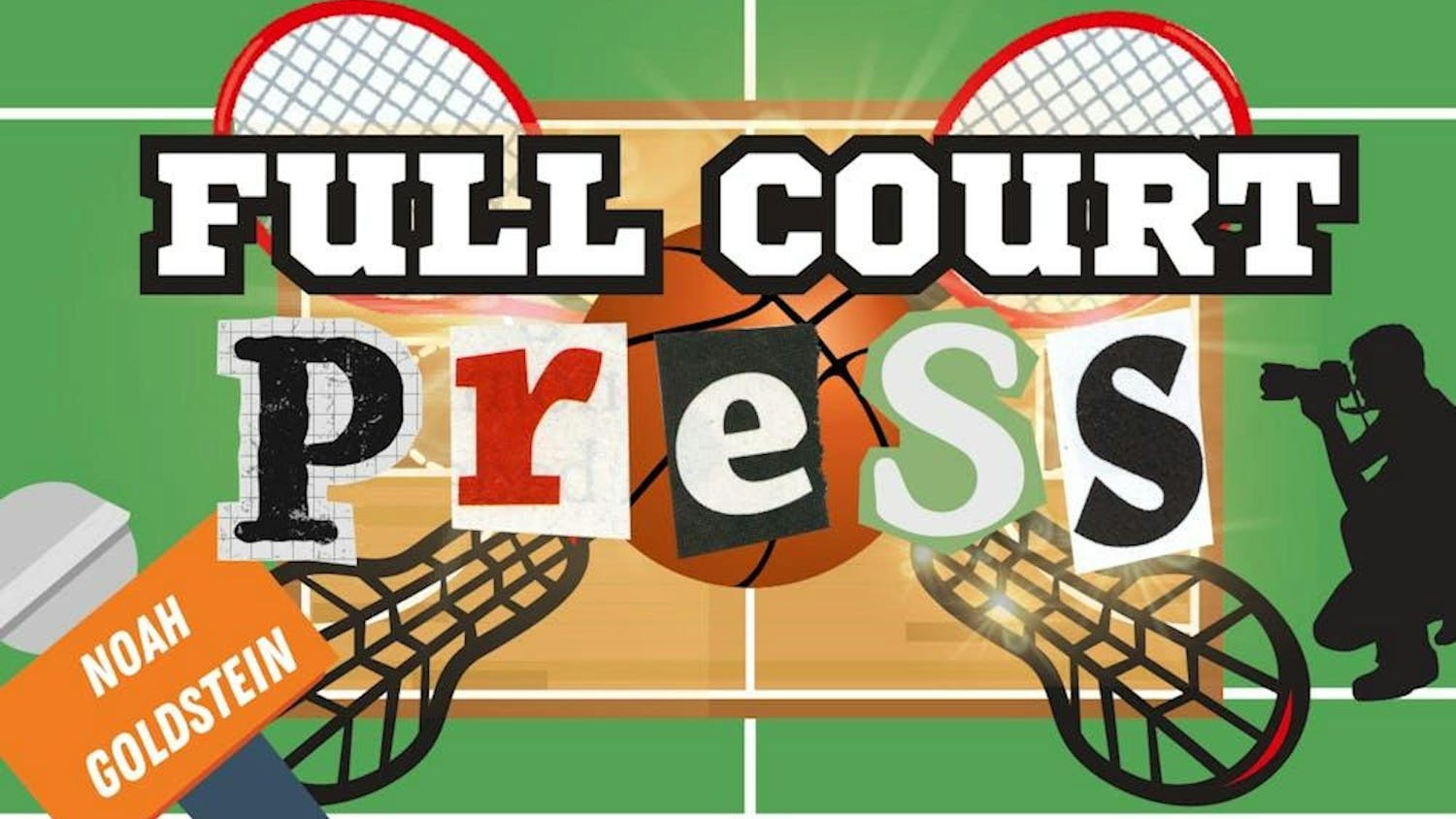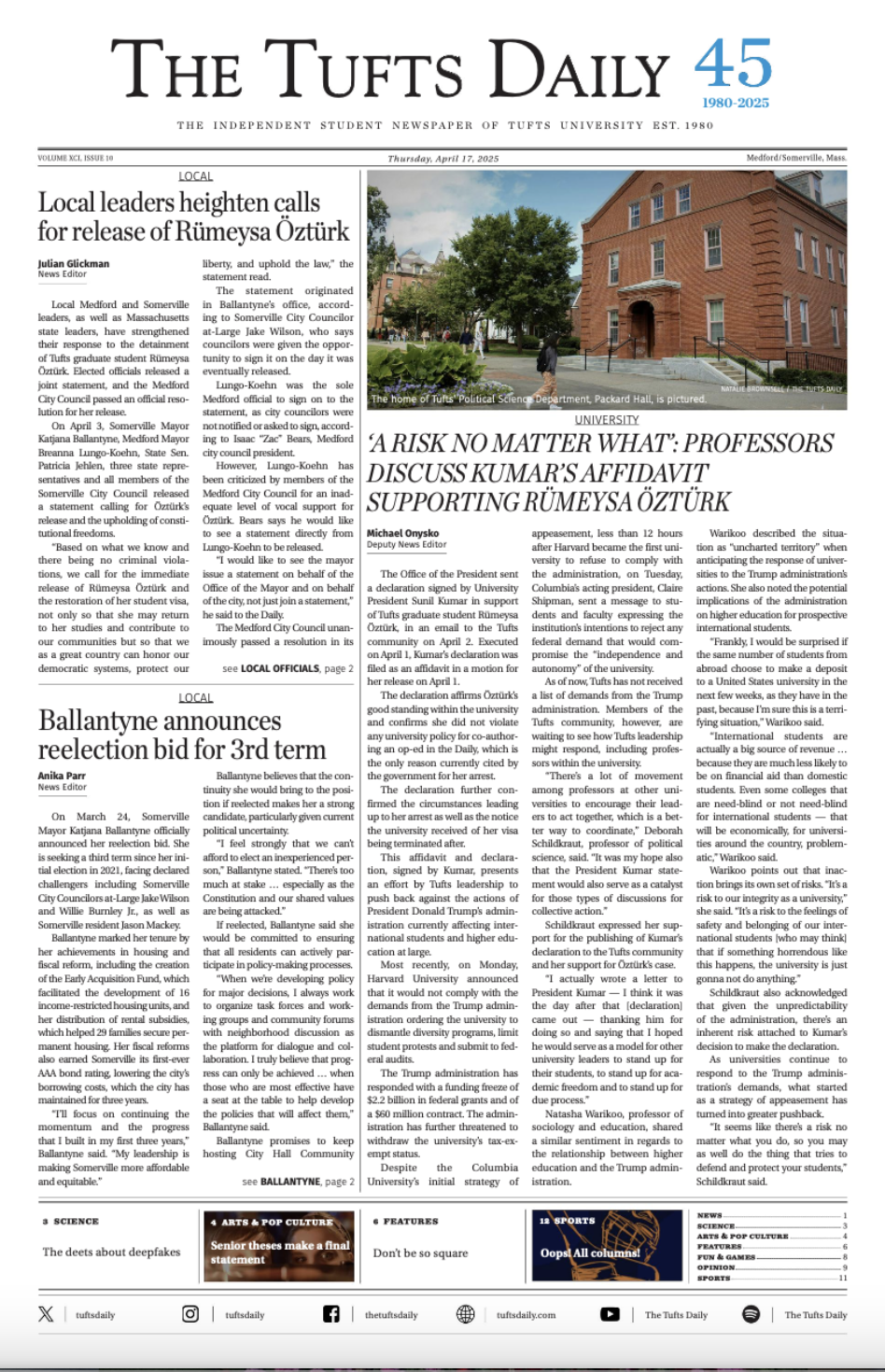Famous athletes boast immense followings. Almost 64 million people follow Cristiano Ronaldo's Twitter account. That is just about a fifth of the U.S. population and 20 million more followers than Donald Trump's Twitter. When Ronaldo plays soccer, the whole world watches. With access to so many consumers, superstar athletes become doubly valuable. This has resulted in franchises selling advertisement space on athletic apparel, a practice I find to be hypocritical and greedy on the part of sports leagues.
Beyond the major sports apparel companies, corporations such as General Electric and Goodyear have begun taking up real estate on NBA jerseys. As part of the NBA pilot program, these logos are small and generally conform to team color schemes. By no means are they an eyesore and the NBA deserves credit for forcing companies to compromise and phasing the program in. That said, the very idea of teams and leagues benefitting financially from advertisement sales is problematic because the players have no control over what goes on their jerseys and are subject to strict dress codes even when not playing.
There are a few particularly egregious examples of leagues exercising undue power over the dress of their players. Keeping with the NBA, the league instituted a dress policy in 2005 that forbids items such as jeans, hats, do-rags, large jewelry and sneakers. This Western business-centered dress code is imposed on players while they conduct any official NBA business. NBA players have since reclaimed their dress with colorful suits, and become the cutting edge of men's fashion as well, but it is unfair of the NBA to disallow jeans at press conferences and unilaterally place corporate logos on jerseys.
While the NBA deserves some praise for allowing players some freedom in shoe design — grayscale and team colors only, with exceptions for special games — the NFL's shoe policy is a disaster. During the 2013 football season, the NFL fined the Chicago Bears' Brandon Marshall $10,500 for wearing green shoes. Marshall had been diagnosed with borderline personality disorder and wore green in honor of Mental Health Awareness Week. Admittedly, Marshall was supposed to wear pink cleats for the NFL's Breast Cancer Awareness Month, but if that were the real issue the league would not have fined Colin Kaepernick $10,000 in 2014 for wearing pink Beats by Dre headphones to support the same cause. Kaepernick was fined because the league partners with Bose.
While the NFL is not hypocritical in the sense that they also do not permit corporate sponsors to advertise on player uniforms, the league's failure to compromise with Marshall, who pre-warned the league about his intention to wear green, reflects poorly.
The athletes are the ones building the immense fan followings and, while teams need to be able to market their players, there is a line that they should not cross. It's up to the leagues where that line rests. If players are restricted in their dress while not playing or fined for supporting their choice charitable causes, then imposing corporate sponsors, some of which could be direct competitors to individual player's sponsors, crosses that line.
More from The Tufts Daily





